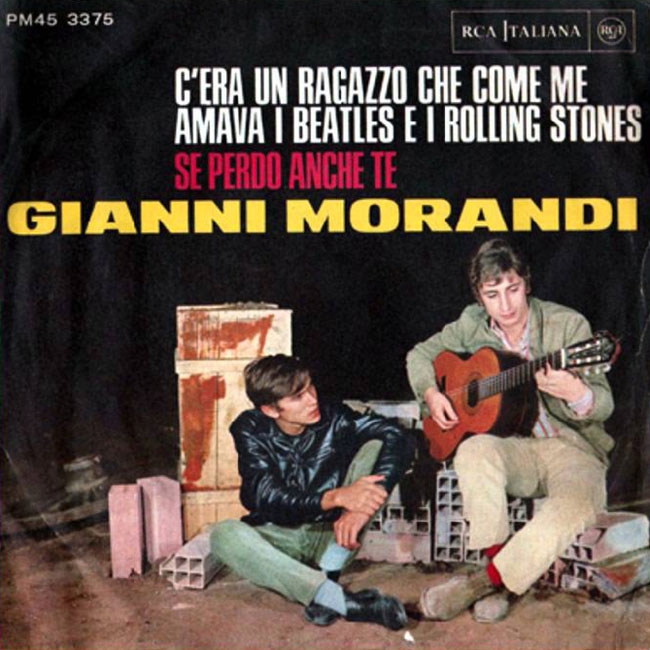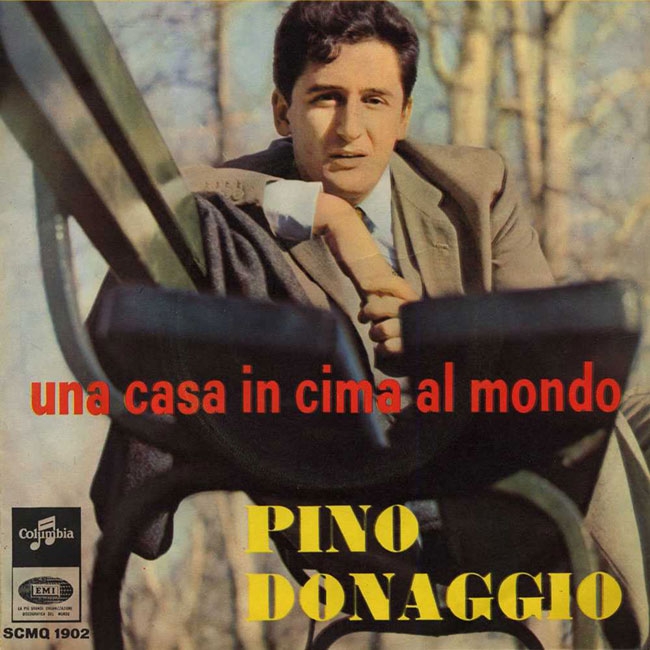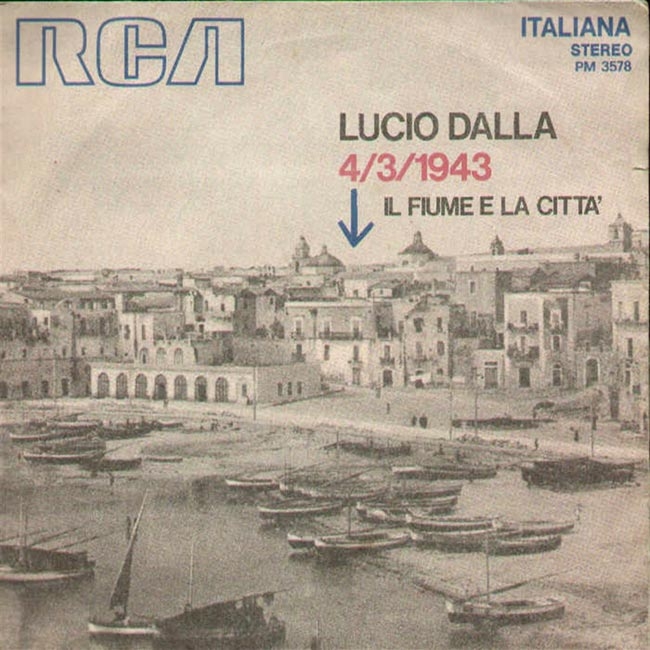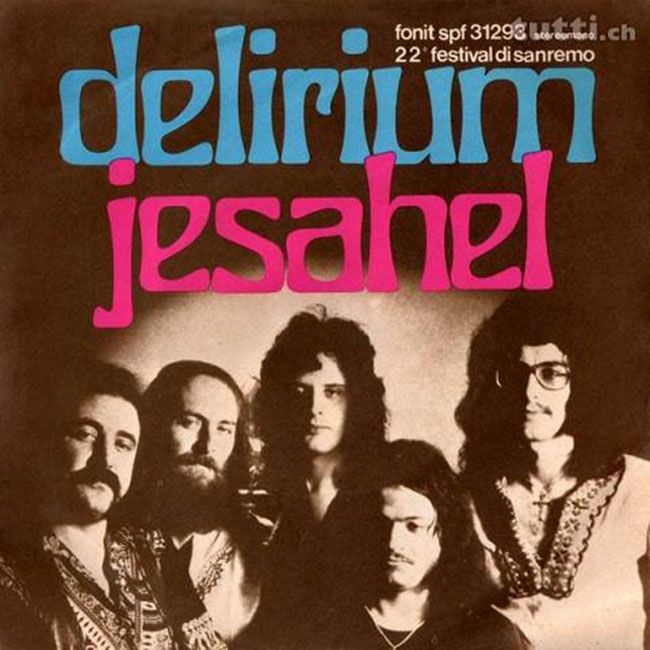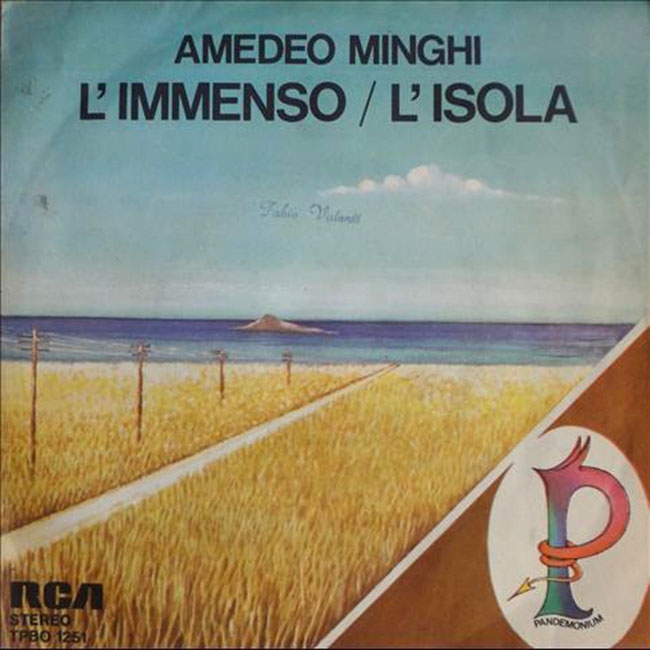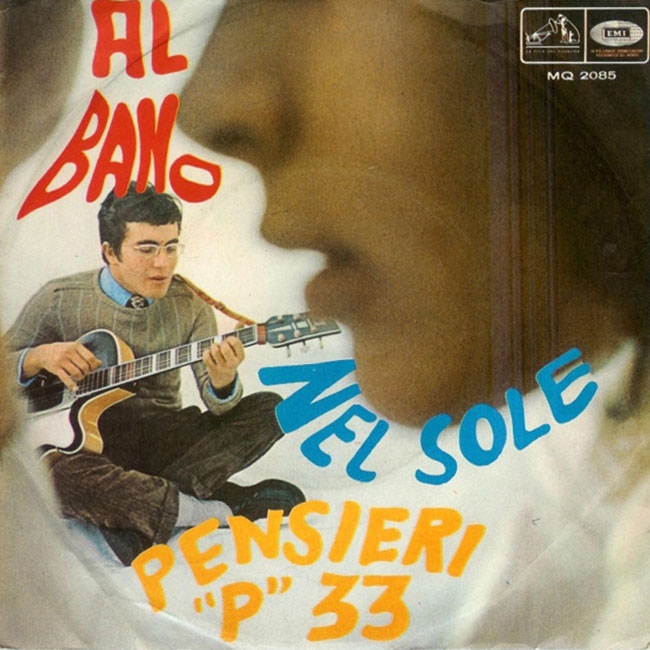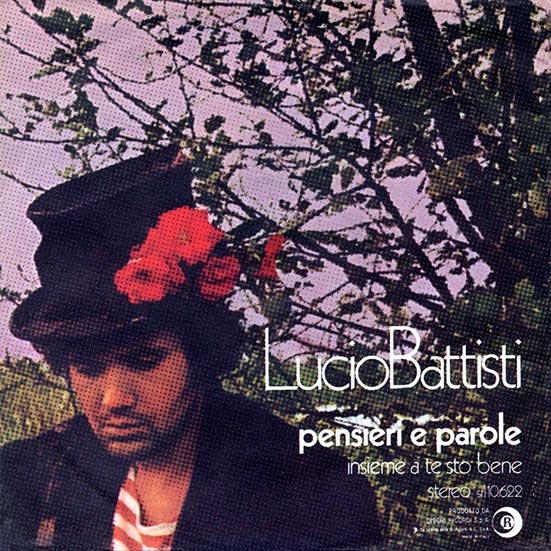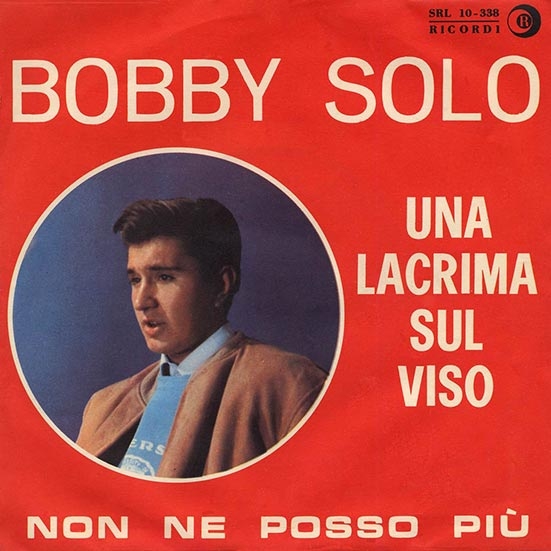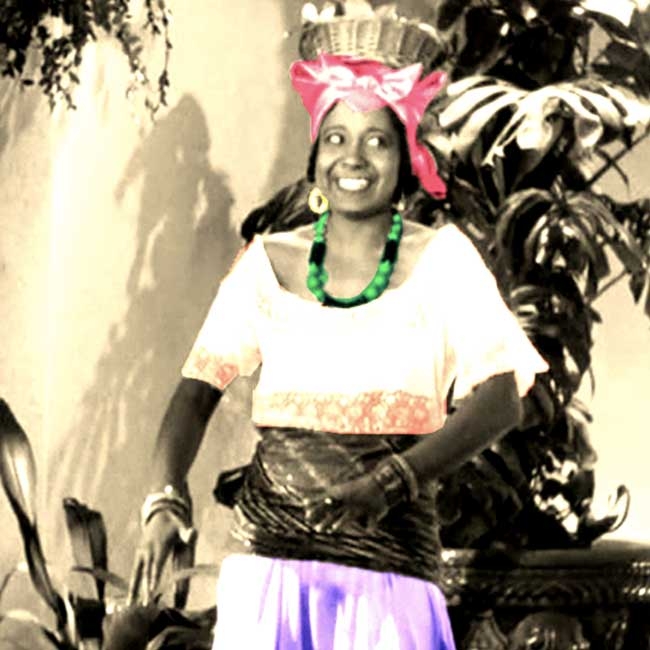
Un’altra rumba playlist
Another rhumba
The rhumba, as we already argued when we presented our previous playlist dedicated to this dance (“Danza la rumba”), has Cuban origins. This dance combines elements of the Hispanic musical culture with rhythms of African origin. In 1933, for the film Flying Down to Rio (directed by Thornton Freeland), Gus Kahn, Vincent Youmans and Edward Eliscu had written a song called Carioca, sung by Alice Gentle, Movita Castaneda and Etta Moten. Dancing to this music were Fred Astaire and Ginger Rogers, for the first time as a couple on screen.
On the wings of the film’s success, an attempt was made to launch a new dance, also called the carioca. It was basically a mix between the rhumba and fox-trot, but maintained the rhythmic involvement of the classic Cuban dance.
Some of the songs on this new playlist dedicated to the rhumba are a record of the attempt to launch (without much success) the new dance, the carioca. In the 1930s, it was given a voice by very popular singers, from Ada Neri to Carlo Buti, Renzo Mori and Crivel, including the irreverent (as often happened in his songs) composition by Rodolfo De Angelis, La carioca (the dance of the goose).
Other songs set to a rhumba rhythm involve tried and true singers like Emilio Livi, Meme Bianchi, Anacleto Rossi, Gabré and Fernando Buda, while the sequence of songs on this playlist ends with a brilliant instrumental performance by Maestro Stefano Ferruzzi’s orchestra, Evviva la carioca.
Like all the dances originating in Latin America, the rhumba was a huge hit in Europe, and in Italy it spread from the 1930s. Tradition places the rhumba’s origins in Cuba at the end of the nineteenth century, a result of a fusion of rhythms of Spanish origin with rhythms of African origin, a consequence of the black population moving towards urban centers in the aftermath of the end of slavery. Previously they had been relegated primarily to the countryside, where they labored at farm or plantation work.
Licentiously explicit in its choreography, the rhumba was somewhat gentrified in its movements by the European bourgeoisie, who initially limited its powerful sensuality and exuberant rhythmic structure, often mixing it with the fox-trot and adapting it, as we hear on this playlist, to local themes, such as La rumba dell’ortolano or La rumba dei cocomeri.

